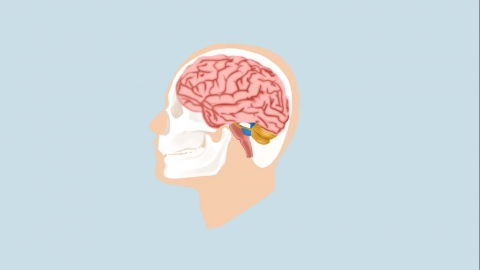Is there still hope for patients with extensive cerebral infarction and dilated pupils?
Patients with large-area cerebral infarction accompanied by dilated pupils may be saved if treatment is timely and effective; however, in most cases, the likelihood of successful treatment is extremely low. If any abnormalities occur, prompt medical attention is recommended. Detailed analysis is as follows:

If a patient with large-area cerebral infarction is promptly transported to the hospital immediately after developing dilated pupils, and receives timely and effective treatment such as rapid reduction of cerebral edema or decompressive craniectomy, there may be a chance of saving the patient's life. However, this scenario is extremely rare and typically occurs only under conditions of adequate medical resources, experienced medical teams, and relatively good patient health. Even if treatment is successful, the patient may suffer from severe sequelae such as hemiplegia, aphasia, and cognitive impairments.
In most cases, the likelihood of successful treatment for patients with large-area cerebral infarction and dilated pupils is extremely low. Cerebral infarction causes widespread ischemic necrosis of brain tissue, often involving critical functional areas, while dilated pupils usually indicate an extremely critical condition, potentially leading to severe complications such as brain herniation. At this stage, even with aggressive treatment, reversing the brain tissue damage that has already occurred is very difficult, and the patient's prognosis is generally poor. Even if the patient survives, severe disability is likely, significantly affecting quality of life.
Therefore, such patients should be transported to the hospital as soon as possible for professional treatment upon detection of any abnormalities. Meanwhile, family members should also prepare psychologically and actively cooperate with the treatment plan provided by the doctors.







